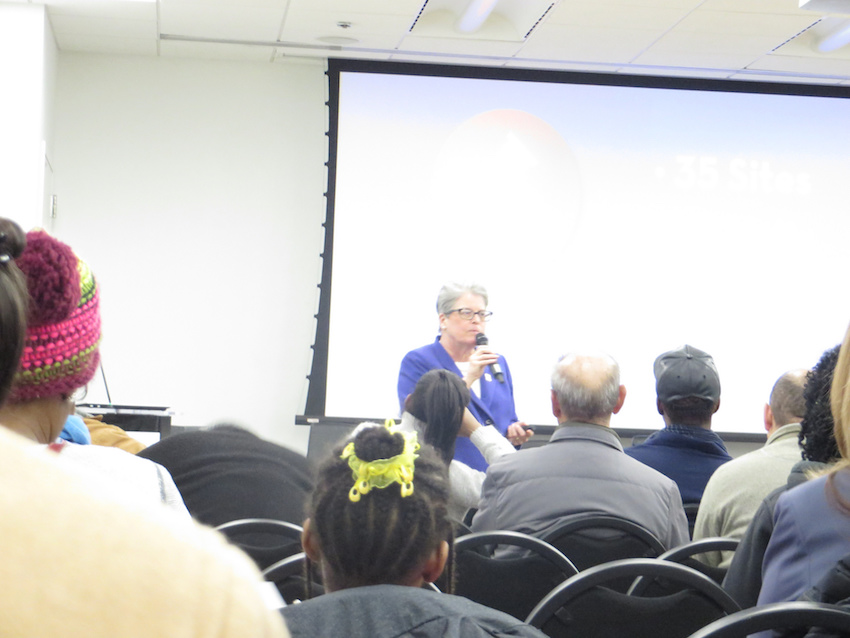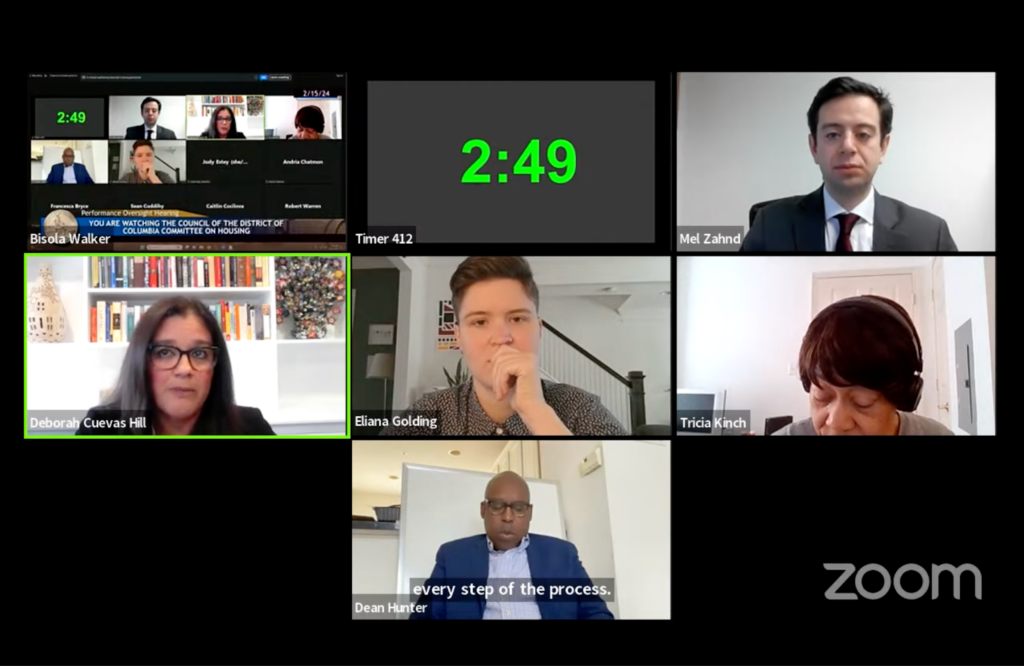As more people in Washington, D.C., struggle with income inequality and discriminatory housing practices, a related issue has arisen: what to do with the many vacant properties owned by the city government.
Councilmember Robert White introduced a bill last year to help convert vacant office buildings into affordable housing. In December, Mayor Muriel Bowser announced a new program, Vacant to Vibrant DC, to help the city transform vacant spaces for various new uses. The city has begun holding information sessions about the plan.
At one of these sessions, held Jan. 16, Polly Donaldson, the director of the D.C. Department of Housing and Community Development (DHCD), said, “Our mission is to produce housing, preserve housing and sustain housing. The department is now in the process of disposing of property that it owns. In March, we will have all of the property DHCD owns in disposition.”
[Read More: Southeast, the final frontier]
She went on to describe the steps in the plan. First, DHCD will hold an online auction. The agency anticipates that the properties will be bid on and awarded for development, which is to produce about 50 units out of 35 sites of workforce housing. Next, the properties will be put up for a second auction for certified business enterprises (CBEs) to work with the developer to develop eight properties. These units will be set aside for CBEs to bid on.
The department is also looking to build housing through the District of Columbia Housing Finance Agency’s (DCHFA) housing investment platform, to transform two sites into housing for government employees. On hand at the event was Todd A. Lee, executive director of DCHFA. “We want to be more holistic in our approach to housing,” Lee said. “DCHFA is also expanding its single-family residential program, which invests in partnerships with local and emerging developers interested in producing workforce housing. DHCD also plans to increase green space and create a demonstration project of a tiny home.
Some people left with the notion that this program might not be for them because of the conditions tied to winning a property. Other participants called the process unfair. They felt that properties were not affordable to people who were working.
The Vacant to Vibrant initiative could pit these would-be homebuyers against developers and investors with much higher incomes. Residents in Ward 8, for instance, are typically workforce residents who may need the property that DHCD owns. They feel that they should have more stake in the neighborhood. Many left the meeting discouraged that they may not be able to purchase any of the property.
The community does need new investment, but it also wants to be involved.








